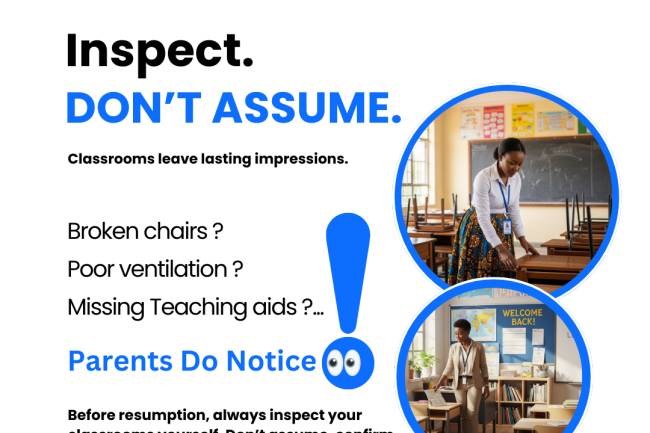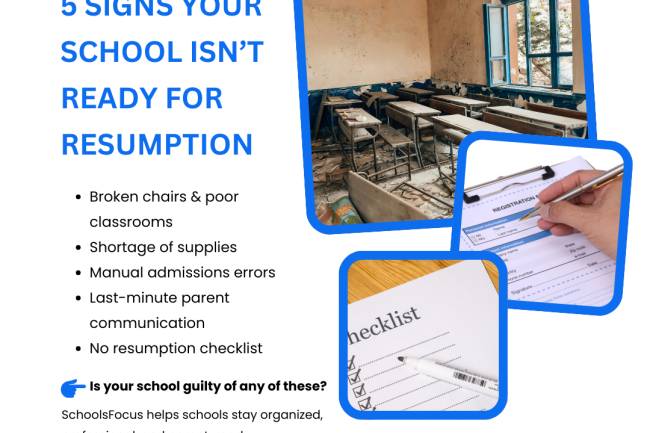
Collaboration: A Framework for an Effective School Management
Introduction
Collaboration is a cornerstone of effective decision-making in any organization, and the education sector is no exception. In schools, collaborative decision-making empowers teachers, staff, students, and parents to come together, contribute their unique perspectives, and shape the future of their learning community. In this post, we will explore the benefits and strategies of collaborative decision-making, highlighting how it can foster success, innovation, and inclusivity in schools.
The Benefits of Collaborative Decision-Making
1. Diverse Insights and Ideas: One of the key advantages of collaborative decision-making is the diversity of perspectives it brings to the table. By involving stakeholders from various backgrounds, experiences, and roles, schools can tap into a rich pool of ideas. Each participant offers a unique lens through which to view challenges and opportunities, leading to more comprehensive and innovative solutions.
2. Ownership and Engagement: When individuals are actively engaged in the decision-making process, they feel a sense of ownership and investment in the outcomes. This engagement translates into increased commitment and dedication to the success of the school and its students. Collaborative decision-making empowers everyone to contribute, fostering a culture of shared responsibility and accountability.
3. Informed Choices: Collaborative decision-making is not simply about gathering opinions; it also emphasizes data-driven insights. By collecting and analyzing data from multiple sources, schools can make more informed choices. Data provides a foundation for discussions and enables stakeholders to assess the potential impact of decisions on student achievement, school climate, and other important factors.
4. Enhanced Transparency and Communication: Inclusive decision-making builds trust and strengthens relationships within the school community. It encourages open lines of communication, enabling stakeholders to express their concerns, share ideas, and collaborate on finding the best solutions. Transparent communication fosters a culture of respect, empathy, and shared understanding among all members.
Strategies for Effective Collaborative Decision-Making
1. Establish a Culture of Collaboration: School leaders play a crucial role in cultivating a collaborative culture. They should emphasize the value of diverse perspectives, encourage active participation, and promote a sense of trust and respect among stakeholders. By modeling collaborative behaviors, leaders set the tone for inclusive decision-making.
2. Define Roles and Responsibilities: Clearly define the roles and responsibilities of each stakeholder group in the decision-making process. This ensures that everyone understands their contributions and expectations. Assigning specific tasks and roles helps to streamline discussions and decision-making efforts.
3. Create Structured Decision-Making Processes: Implement structured processes to guide collaborative decision-making. Establish clear objectives, timelines, and guidelines for each decision-making endeavor. This structure provides a framework for productive discussions and helps ensure that decisions are made efficiently and effectively.
4. Foster Effective Communication Channels: Enable open and transparent communication channels within the school community. This can include regular meetings, workshops, online platforms, and feedback mechanisms. Encourage active listening, constructive feedback, and the exchange of ideas to promote meaningful discussions.
5. Embrace Technology and Digital Tools: Utilize technology to facilitate collaborative decision-making. Digital platforms, such as online collaboration tools and communication platforms, can streamline discussions, document decisions, and ensure that all stakeholders have access to relevant information. Technology can also enable remote collaboration, allowing participants to contribute regardless of their physical location.
Conclusion
Collaborative decision-making is a powerful approach that empowers stakeholders to shape the educational experience and outcomes for students. By valuing diverse perspectives, fostering engagement, and promoting transparent communication, schools can harness the collective wisdom of their community. When everyone has a voice, decisions become more informed, innovative, and inclusive. Let's embrace collaborative decision-making and pave the way for a brighter future in education
















